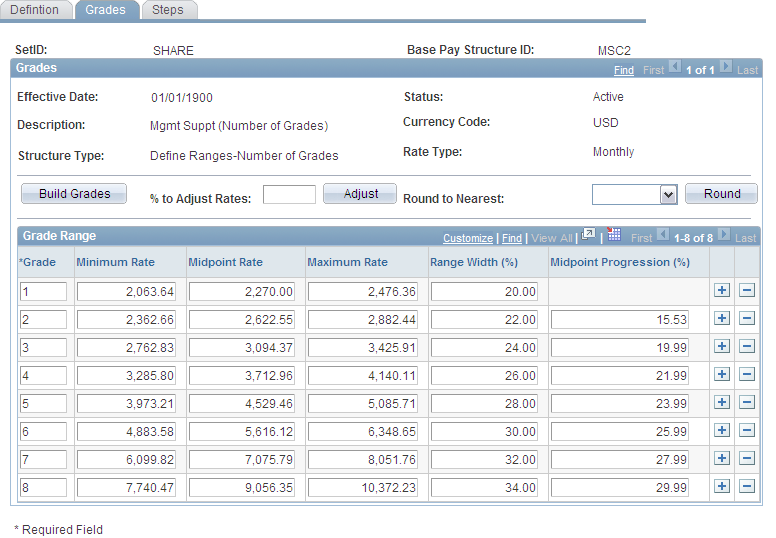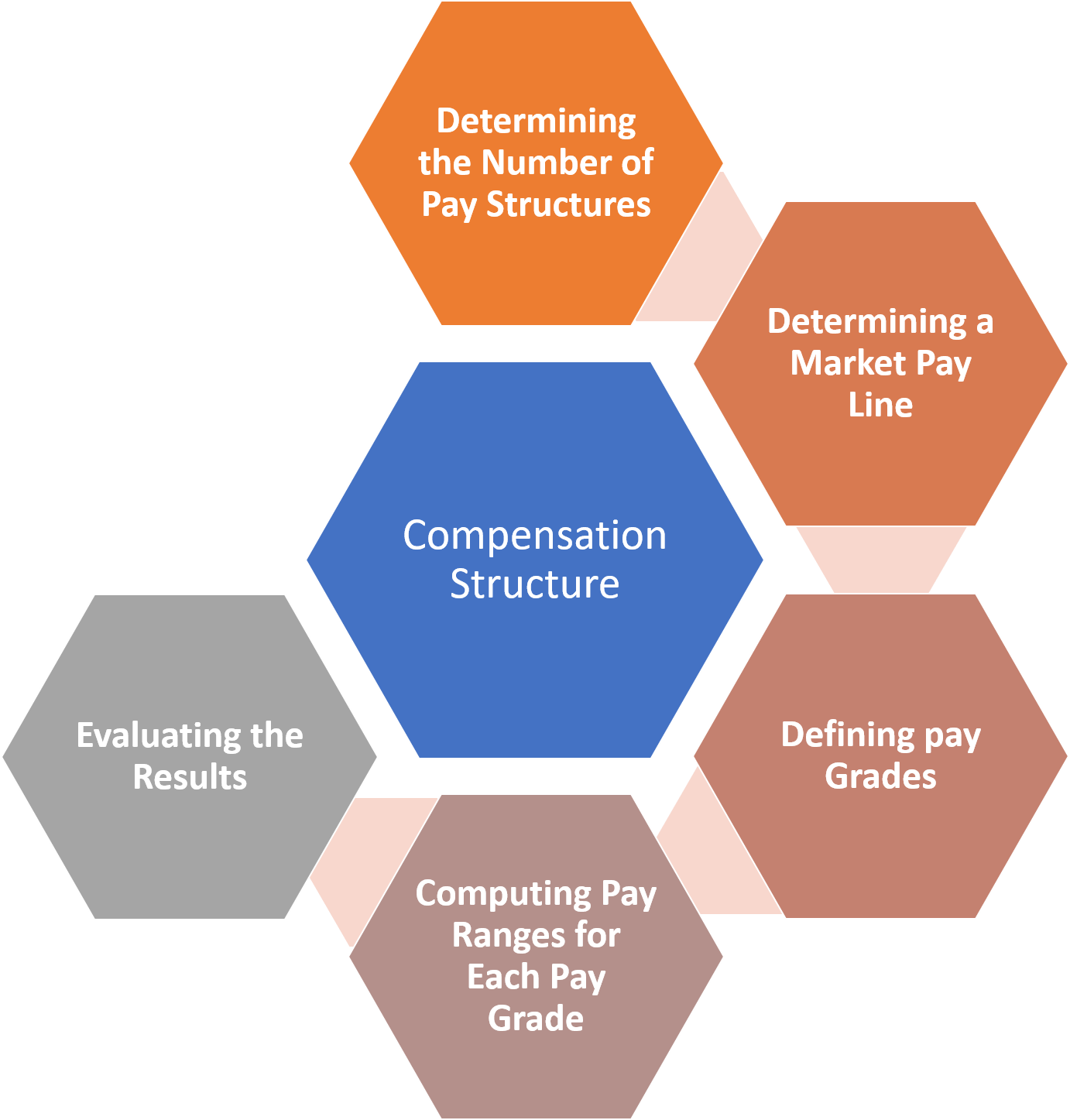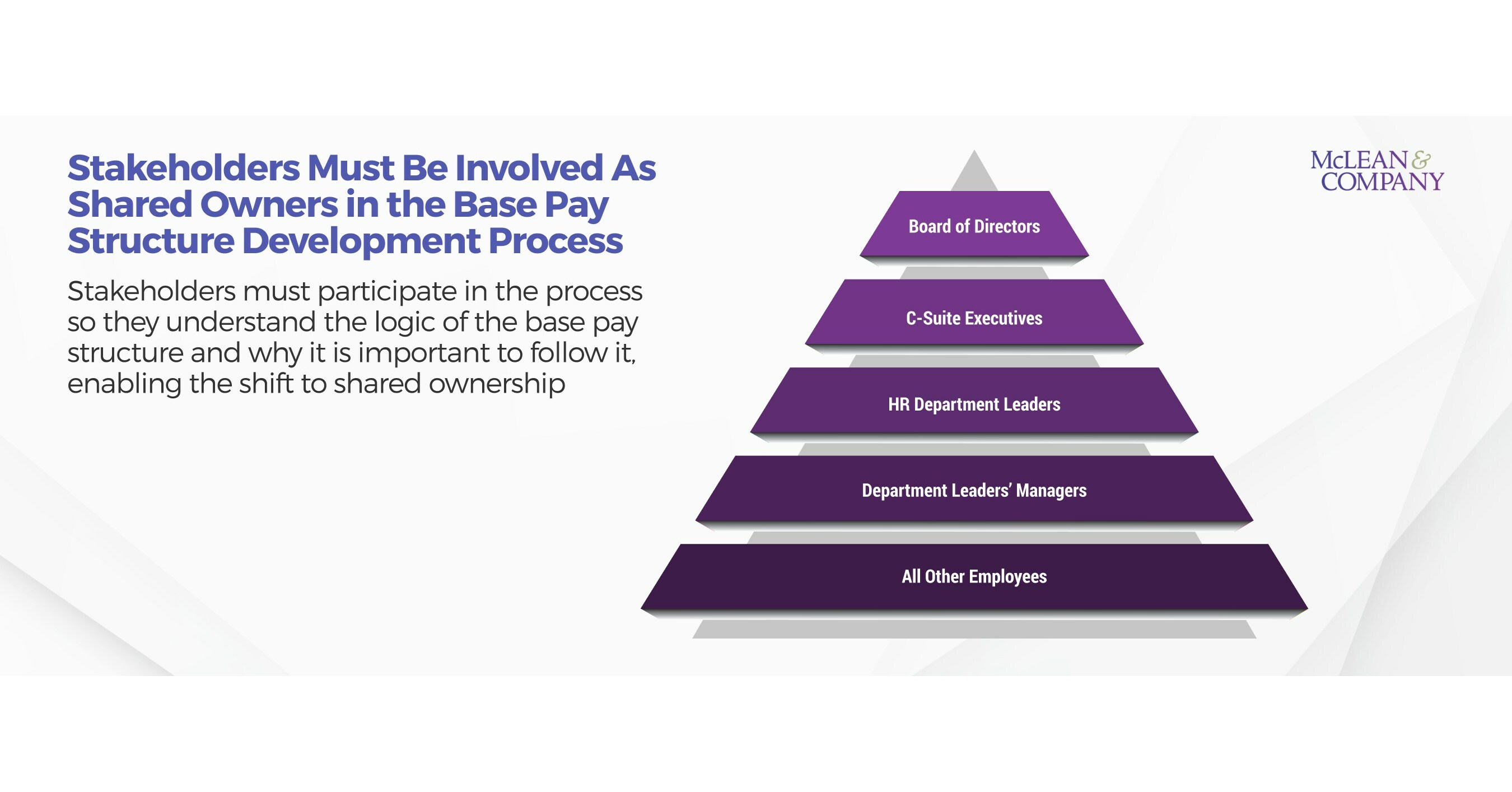Beautiful Work Info About How To Develop A Pay Structure

Set out relevant job positions as most pay structures rely on specific job roles, you need to ensure you have a comprehensive list of all the job roles within your company.
How to develop a pay structure. Developing a pay structure involves evaluating jobs and establishing associated salary ranges and grades based on market data and the company’s compensation policy. Salary structures should also evolve with time. Determine what the pay structure will be used for.
They can also help encourage appropriate behaviours and performance. Pay structures, also called salary structures, are organized levels, or grades, of employee salaries divided by job type. Workforce planning, a job analysis involves identifying the essential tasks and responsibilities of a job, including knowledge skills and abilities.
Finally, develop a salary structure that outlines the pay grades, salary ranges, and job titles for each position in your organization. This data can be gathered through salary surveys or other sources. Look at the salary structure at other companies
Resources insights 4 steps to creating the perfect pay structure posted by ben rowley on 10 april 2018 4 steps to creating the perfect pay structure hr reward | pay transparency | reward consultancy | reward intelligence | pay & reward | analytics | communications | organisational design | pay structure | reward Broadbanding is especially useful for smaller organizations with a more flattened hierarchical structure. Initial research will identify if there are any internal equity concerns to factor into the new pay structure.
The two basic types of salary structures are: How to create a pay structure from scratch. How to set up a pay structure conduct job analysis and job evaluation.
This is perfectly normal and standard. Determine your compensation goals the first step to creating a pay grade is to figure out how to approach compensation. Do you plan to match market wages, provide slightly less than the industry standard or offer more than average compensation?
Deciding what market position to adopt. Managing pay progression within a clear and transparent structure. Once you’ve picked which pay structure will work best for your company, there are elements to consider before you get started on design:
Best practices for creating an effective salary structure. The two most common methods companies use to design base salary structure ranges are market pricing using external market data and point factor focusing on internal pay equity. What are the types of salary structures?
This factsheet explores the purpose of pay structures. Balancing internal pay equity with market competitiveness. Understanding how to develop salary structures, rather than simply creating compensation for each new position as you need it, will help you budget better and make sure you have the funds to hire.
Knowing what each job entails and its value to your company helps you benchmark. A company’s chosen model usually depends on size, compensation philosophy, business objectives, and how competitive the industry is. Pay progression describes how employees can increase their pay either within or outside a pay structure.


















